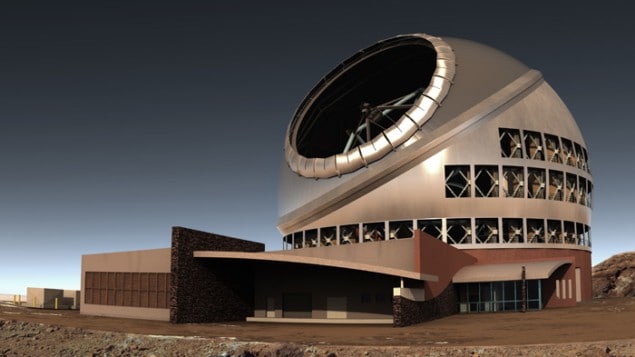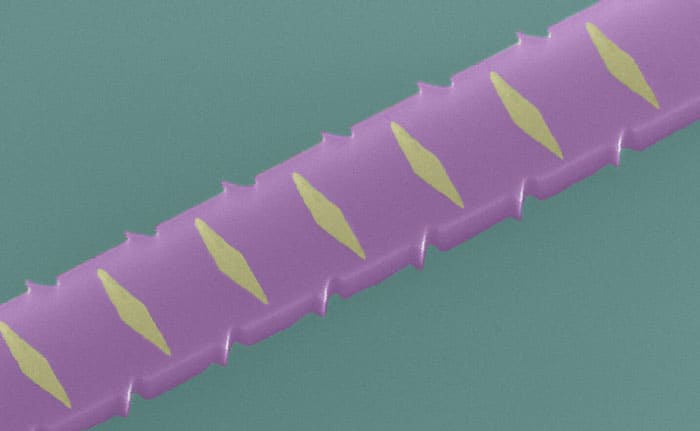Flash Physics is our daily pick of the latest need-to-know developments from the global physics community selected by Physics World‘s team of editors and reporters

Canary Islands chosen as alternative site for Thirty Meter Telescope
Originally planned for Mauna Kea mountain in Hawaii, the Thirty Meter Telescope (TMT) could be built at the Observatorio del Roque de los Muchachos in the Canary Islands. The TMT International Observatory (TIO) Board of Governors has chosen the observatory in Spain as the “primary alternative” to the controversial Hawaiian site, which is being opposed by native Hawaiians who see building the TMT on Mauna Kea as a desecration of their spiritual and cultural pinnacle. Chair of the board Henry Yang says: “Mauna Kea continues to be the preferred choice for the location of the Thirty Meter Telescope, and the TIO Board will continue intensive efforts to gain approval for TMT in Hawaii.” In July 2016, TMT deputy project-manager Fengchuan Liu said that the decision to build the TMT on an alternative site will be taken “by early 2017”. Construction of the TMT is planned to begin in April 2018, with completion in 2022.
Improving the flex of artificial muscles
A new type of artificial-muscle fibre that has high tensile strength and actuates – expands or contracts in response to a stimulus – at much cooler temperatures than previous fibres, has been developed by researchers at the Louisiana State University in the US. Guoqiang Li says the team was able to exceed the performance of other artificial muscles by focusing on the thermal properties as well as the molecular structure of their polymer fibre. According to Li, the team found that two factors are crucial for high performance – the untwisting nature of the fibre during actuation and its negative coefficient of thermal expansion. “The actuation temperature is very high in the polymer fibres used previously, for example they can go to 160 °C,” says Li. “For some applications, like medical devices, [the] actuation temperature is too high. So you need to find a way to lower it.” Li’s group managed to bring the maximum actuation temperatures down to 67 °C. This lower temperature is particularly significant when considering applications related to human body temperature. In addition to medical devices, such applications include breathable textiles and self-healing materials with structures that adapt to environmental changes. The research is described in Applied Physics Letters.
Dim light controls intense laser field

A new way of switching a beam of light on and off using another light beam has been unveiled by physicists in the US. Unlike other “light–light” switching schemes, which employ intense light beams to control relatively dim beams, this latest technique uses a weak beam to control a much brighter beam. The switch makes use of a new type of optical material called a non-Hermitian photonic metamaterial, which is created within a silicon optical fibre. Tiny features in the silicon create a standing wave when infrared signal light is shone into one end of the fibre. When control light is shone into the opposite end of the fibre, destructive interference in the fibre prevents the signal light from being transmitted. Created by Liang Feng at the State University of New York at Buffalo and colleagues and described in Physical Review Letters, the new switch could – with further improvements – find use in high-speed, all-optical telecoms networks of the future.
- You can find all our daily Flash Physics posts in the website’s news section, as well as on Twitter and Facebook using #FlashPhysics. Tune in to physicsworld.com later today to read today’s extensive news story on neutron holograms.



